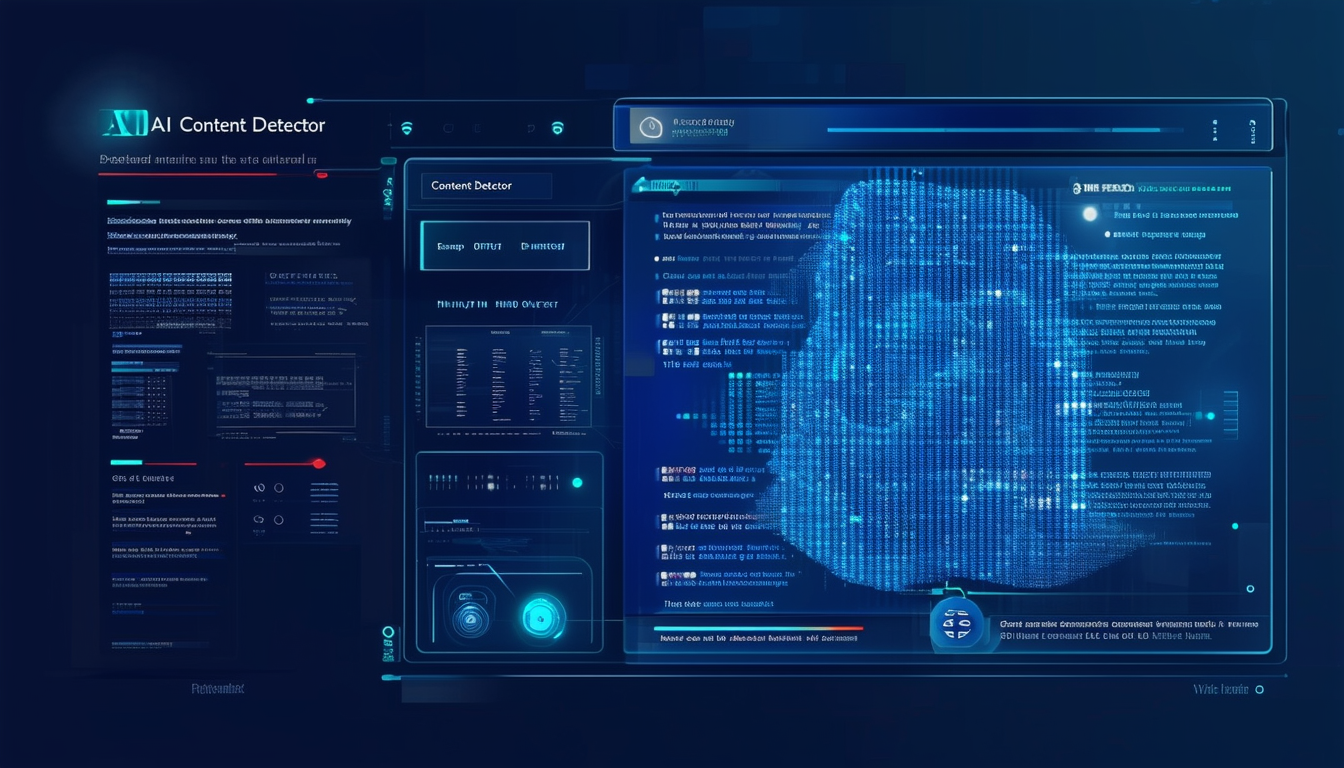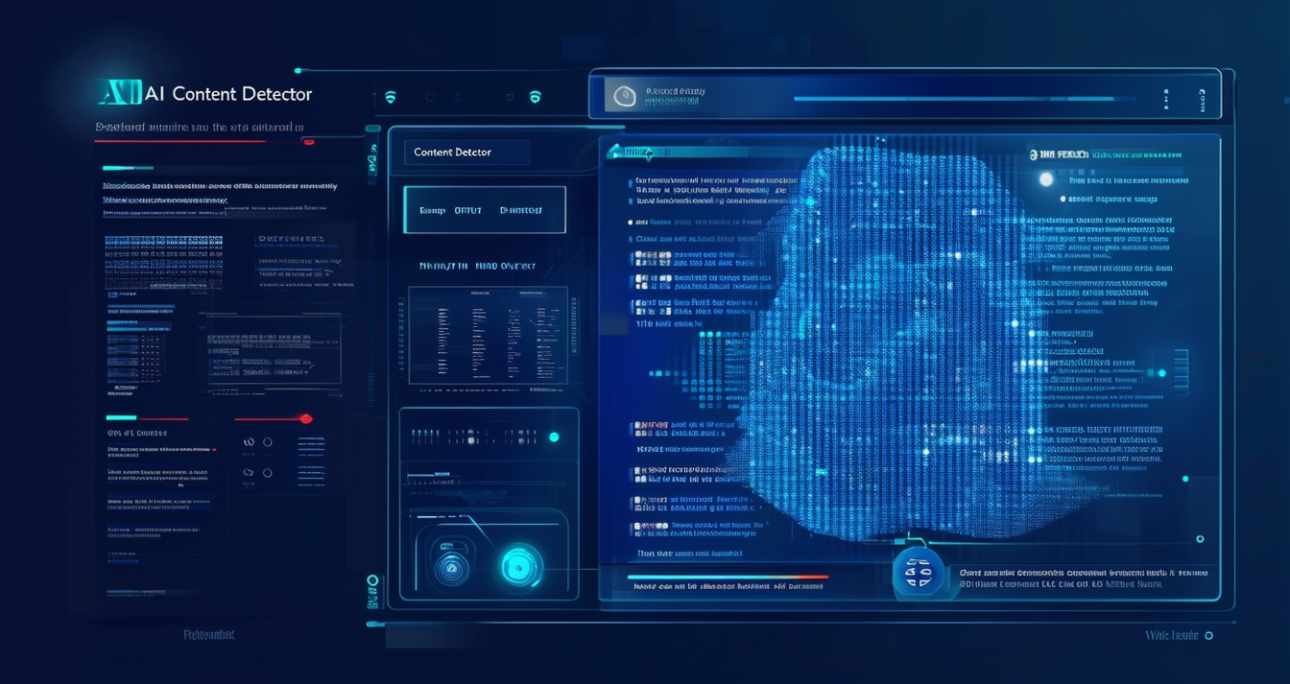
Discover how AI content detectors are revolutionizing content creation and ensuring authenticity in the digital age.

The Rise of AI in Content Management
In recent years, artificial intelligence (AI) has made substantial inroads into various aspects of content management. From content creation to distribution, AI tools are being leveraged to improve efficiency, accuracy, and personalization. The rise of AI in content management is transforming how businesses and professionals handle large volumes of data, enabling more strategic decision-making and enhanced user experiences.
AI’s ability to analyze and interpret vast amounts of data quickly and accurately has led to its widespread adoption in content management systems. These technologies are not only automating routine tasks but also providing deep insights into audience behavior and preferences, which are critical for crafting effective content strategies.
How AI Content Detectors Work
AI content detectors operate by using advanced algorithms and machine learning models to analyze text and identify patterns that may indicate originality or duplication. These detectors can scan vast databases of existing content to compare and contrast new submissions, ensuring that the material is unique and free from plagiarism.
The process typically involves natural language processing (NLP) techniques to understand the context and meaning of the text. By breaking down the content into smaller components, such as words and phrases, AI content detectors can evaluate the likelihood of similarities with other works. This capability is essential for maintaining the integrity and authenticity of digital content.
Benefits of Using AI Content Detectors in Professional Services
For professionals in various industries, AI content detectors offer numerous advantages. One of the primary benefits is the ability to ensure the originality and authenticity of content, which is crucial for maintaining credibility and trust with clients and stakeholders. By automatically checking for plagiarism, these tools save time and reduce the risk of reputational damage.
Additionally, AI content detectors can enhance productivity by streamlining the content review process. Professionals can focus on more strategic tasks while the AI handles routine checks and verifications. This not only improves efficiency but also allows for more consistent and high-quality outputs.
Challenges and Limitations of AI Content Detection
Despite their many benefits, AI content detectors are not without their challenges and limitations. One significant issue is the potential for false positives, where unique content is incorrectly flagged as plagiarized. This can occur due to the nuanced nature of language and the limitations of current AI algorithms in fully understanding context and intent.
Another challenge is the dependence on large datasets for training the AI models. The quality and diversity of these datasets are critical for the effectiveness of the content detectors. Moreover, ethical considerations around data privacy and the use of AI in content management need to be carefully addressed to avoid potential misuse and biases.
Future Trends in AI Content Detection
Looking ahead, the future of AI content detection is promising, with ongoing advancements in machine learning and NLP technologies. One anticipated trend is the integration of more sophisticated AI models that can better understand and interpret the nuances of human language. This will likely lead to more accurate and reliable content detection capabilities.
Additionally, as AI continues to evolve, we can expect more personalized and context-aware content detection solutions. These tools will not only identify plagiarism but also provide insights into content quality, relevance, and engagement potential. Such advancements will further empower professionals in managing and optimizing their content strategies effectively.

